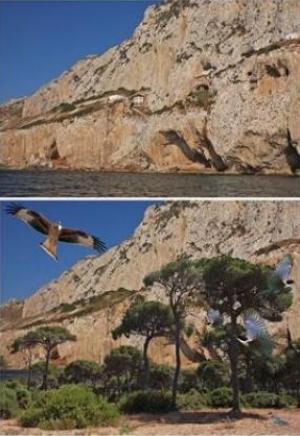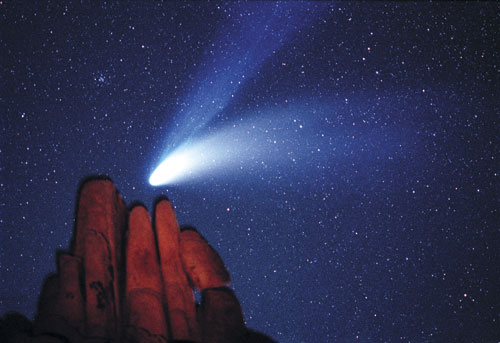
Over 14,000 years ago during the last Pleistocene Ice Age, when a large part of the European continent was covered in ice and snow, Neanderthals in the region of Gibraltar in the south of the Iberian peninsula were able to survive because of the refugium of plant and animal biodiversity. Today, plant fossil remains discovered in Gorham's Cave confirm this unique diversity and wealth of resources available in this area of the planet.
The international team jointly led by Spanish researchers has reconstructed the landscape near Gorham's Cave in Gibraltar, by means of paleobotanical data (plant fossil records) located in the geological deposits between 1997 and 2004. The study, which is published in the Quaternary Science Reviews, also re-examines previous findings relating to the glacial refugia for trees during the ice age in the Iberian Peninsula.






